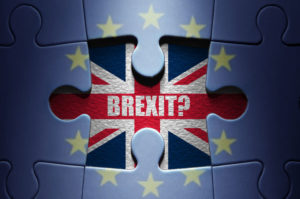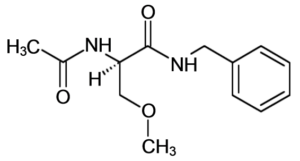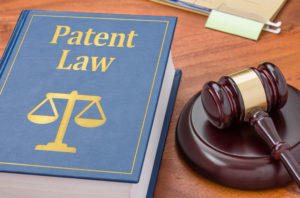Update on Brexit Implications on Trademarks
 The withdrawal of the United Kingdom from the European Union, i.e. Brexit, is about 8 months from now, and the EU has begun issuing notifications of the implications on various sectors of the economy, including trademarks.[i] The EU permits entities to obtain trademarks locally from specific countries, like Germany or France, or obtaining EU trademarks, which are valid in all EU member countries. Absent an interim agreement between the UK and the EU covering trademarks, the EU has warned that all EU trademarks rights will cease in the UK on March 30, 2019.[ii] This includes both trademarks filed with the European Union Intellectual Property Office (EUIPO) and international applications filed through the Madrid Agreement/Protocol that designate the EU. However, as on April 26, 2018 the UK has not begun implementing policies to cover EU trademark holders.[iii] For example, there are no identified policies covering entities wishing to file a UK trademark application and relying on EU trademark rights, such as priority or converting an EU trademark to a UK national trademark. Read More
The withdrawal of the United Kingdom from the European Union, i.e. Brexit, is about 8 months from now, and the EU has begun issuing notifications of the implications on various sectors of the economy, including trademarks.[i] The EU permits entities to obtain trademarks locally from specific countries, like Germany or France, or obtaining EU trademarks, which are valid in all EU member countries. Absent an interim agreement between the UK and the EU covering trademarks, the EU has warned that all EU trademarks rights will cease in the UK on March 30, 2019.[ii] This includes both trademarks filed with the European Union Intellectual Property Office (EUIPO) and international applications filed through the Madrid Agreement/Protocol that designate the EU. However, as on April 26, 2018 the UK has not begun implementing policies to cover EU trademark holders.[iii] For example, there are no identified policies covering entities wishing to file a UK trademark application and relying on EU trademark rights, such as priority or converting an EU trademark to a UK national trademark. Read More



 The U.S. Patent and Trademark Office recently issued new guidelines to determine patent eligibility. For years after Alice,
The U.S. Patent and Trademark Office recently issued new guidelines to determine patent eligibility. For years after Alice, The Federal Circuit recently issued a much needed development in patentability case law, in Vanda Pharma. Inc. v. West-Ward Pharma. Int’l Ltd.
The Federal Circuit recently issued a much needed development in patentability case law, in Vanda Pharma. Inc. v. West-Ward Pharma. Int’l Ltd. Most individuals have at one point or another signed an employment agreement or outside contractor agreement with respect to his or her employment. For employees, it commonly is a formality needed for a job. For employers, it is a means of obtaining an employment period, establishing or delineating work policies, and acquiring rights to intellectual property. However, on the last point, employers must be keenly aware of the language that is used to acquire IP rights, and which rights the employer is interested in acquiring, as Advanced Video discovered.
Most individuals have at one point or another signed an employment agreement or outside contractor agreement with respect to his or her employment. For employees, it commonly is a formality needed for a job. For employers, it is a means of obtaining an employment period, establishing or delineating work policies, and acquiring rights to intellectual property. However, on the last point, employers must be keenly aware of the language that is used to acquire IP rights, and which rights the employer is interested in acquiring, as Advanced Video discovered.